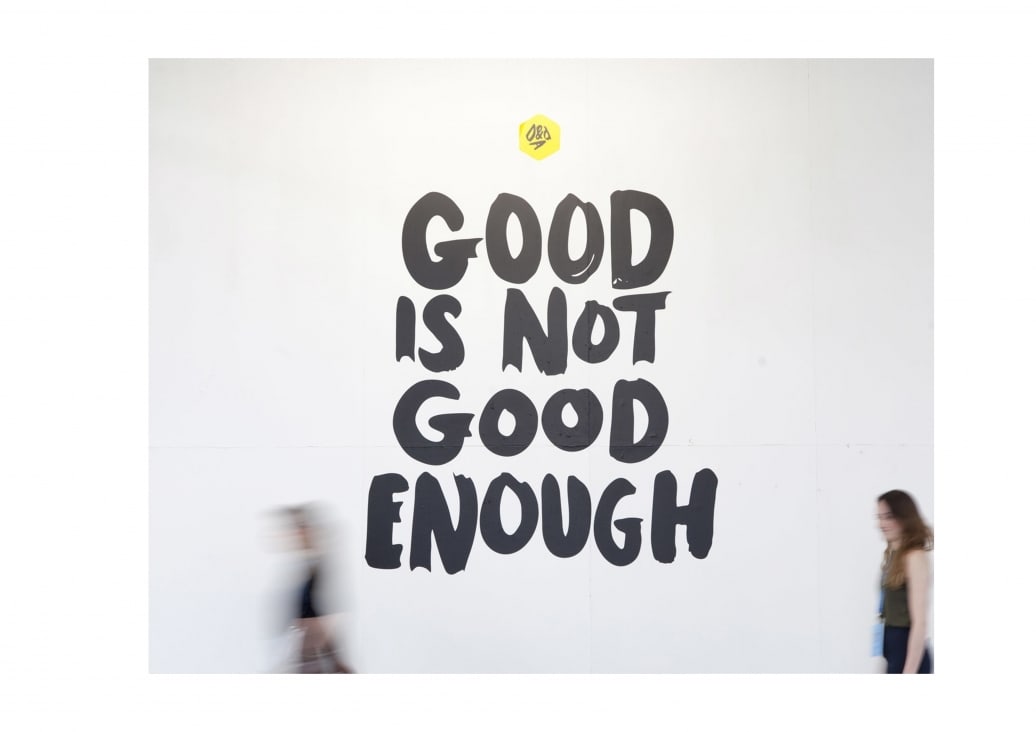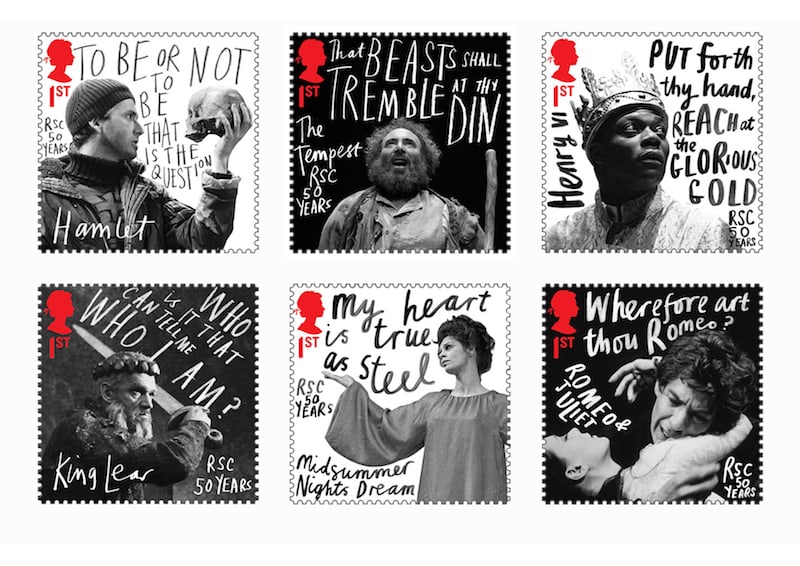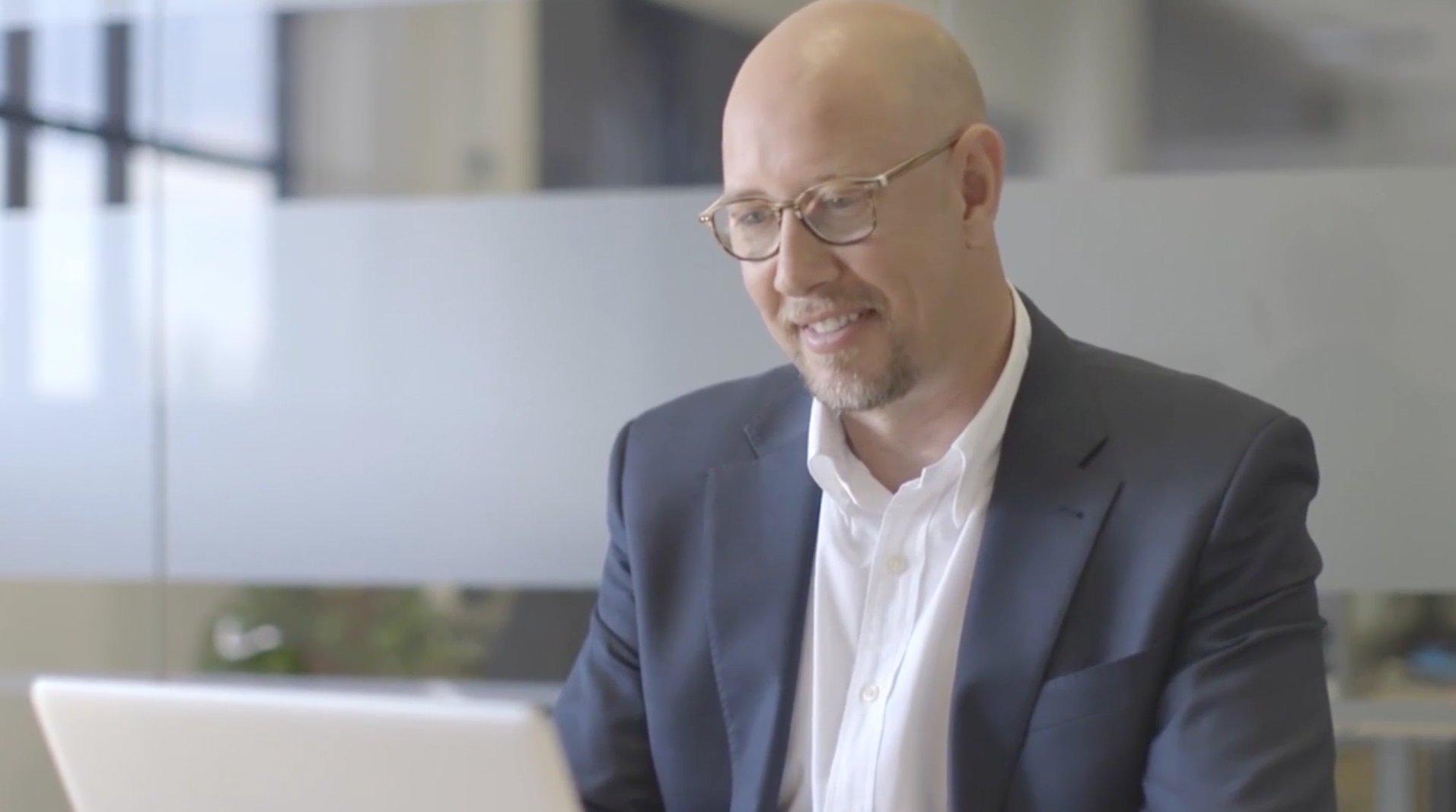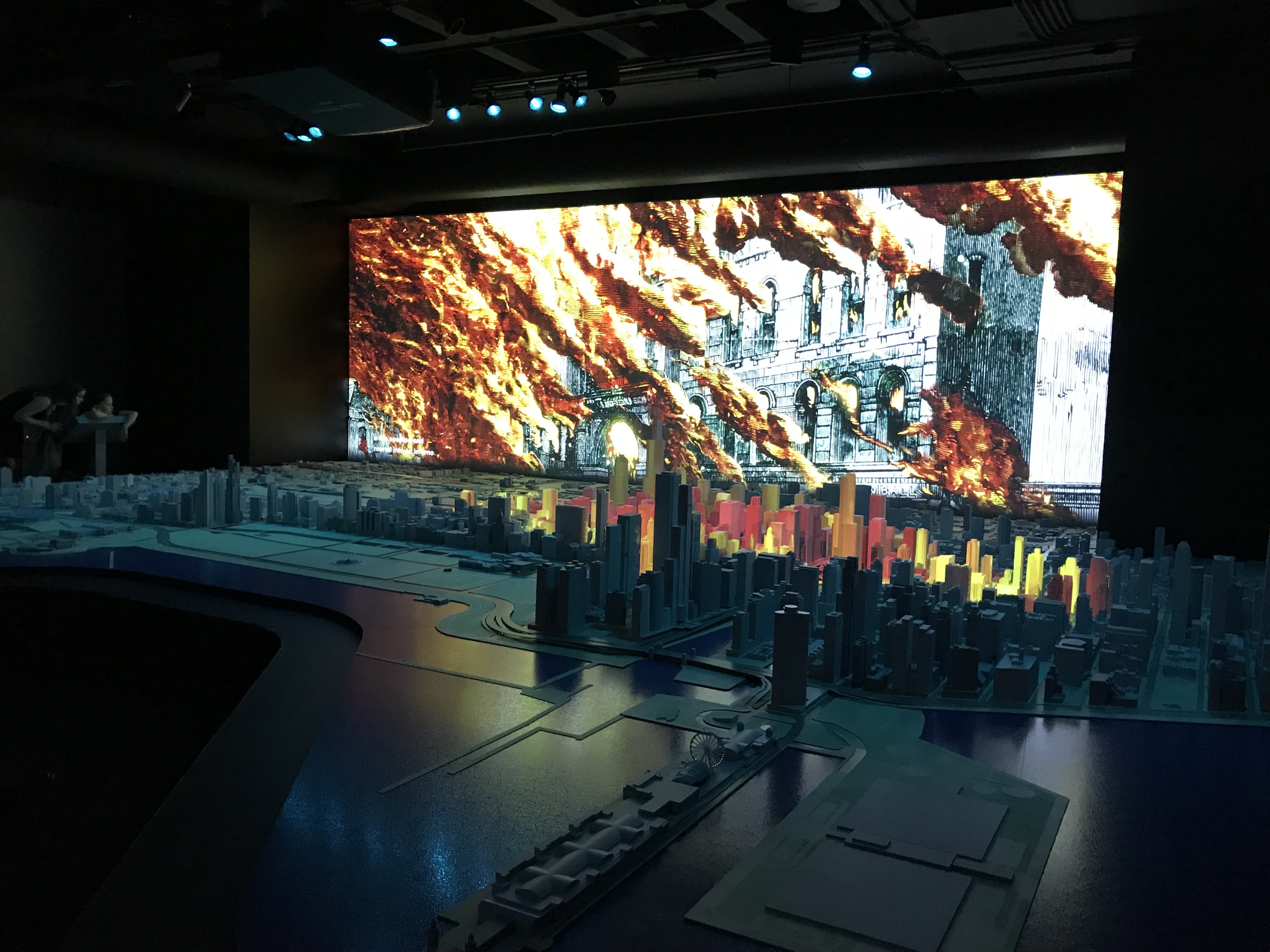Finding and pushing your creativity: an interview with illustrator Marion Deuchars

You have probably all seen her work in one form or another. Whether that is through her work for the Royal Mail, The Imperial War Museum, or inspiring children in a fun and engaging way to discover the formative power of art with her universally acclaimed ‘Let’s Make some Great Art’ books. Her style is instantly recognisable and has influenced countless illustrators all around the world. It is for these reasons we were delighted that she took time out to talk to us and share the secrets of her creative process, give some advice on pushing your creativity and talk a little bit about how new technologies are changing the game.
We were able to find out about her inspirations, how her constant belief that her best work is still to come drives her, and how technology has completely changed the way she works.
How did you get into typography?
I always used it as a device in my illustration, but my real breakthrough came from a collaboration with Vince Frost for D&AD. Vince was asked to produce the annual report and had the idea to commission me to hand write and draw the whole thing. It was a mad idea at the time since there was very little hand lettering about and it certainly wasn’t fashionable. 3,000 words and many lettering-based illustrations later and the report went down a storm. It all came together and worked so nicely with the D&AD pencil logo.

My lettering and style has now become a signature but to me it was and still is just my writing. It just happened to have the right energy and style and captured the zeitgeist at the time. I ended up being asked to do lots of work from it and it became incredibly popular. I was very fortunate and feel very privileged to be where I am.
It sounds like you don’t take it for granted?
One of my fears is to wake up and not want to make stuff. I have a creative energy that makes me want to do something new and creative. I definitely don’t take that for granted. I fear that I might lose it. It’s a strange drive in many ways but I am also totally convinced that my best work is still to come. That it’s just round the corner.
So, how do you stay creative then and keep pushing your creativity in the face of that fear?
Confidence plays a huge part. When you are full of confidence, the freedom to explore new things comes easily. But when you aren’t feeling so confident it can really pile on the pressure and make it difficult to produce anything that you feel totally happy with and would want to publish.
Social media has opened the world up to creativity though. I feel that there is more freedom to express yourself and to share that through so many channels. At times it can make you feel a little overwhelmed as there is so much creative energy all over the world and so many incredible people creating stuff. But, it is also brilliant to help you find communities to work with and take inspiration from.
One of my fears is to wake up and not want to make stuff. I have a creative energy that makes me want to do something new and creative. I definitely don’t take that for granted. I fear that I might lose it. It’s a strange drive in many ways but I am also totally convinced that my best work is still to come. That it’s just round the corner.
Have you ever had a moment when you thought you were going to fail? What did it take to get you past that?
I think I’m going to fail all the time. I fluctuate between feeling really confident and at other times really losing it. Most of my book projects go through a phase of not working or where I think I will never finish, or that it will never be any good.
Most of the time I can pull myself out of that mindset with just sheer effort. I keep pushing and trying things and try not to judge too much of what I’m doing. There are days where I make little breakthroughs and then there are days when it all goes horribly wrong and I just literally rip it up and start again.
When you feel like that, how do you get into creative flow? Or what do you do to find something new and make those breakthroughs?
It’s hard to come up with new things when I feel like that. But, I think it’s really important to keep moving towards the unfamiliar, develop skills and to challenge yourself. There are lots of things that I do to try and trigger my interest and intrigue. I work in a highly analogue way which means lots of accidents can happen. This in itself can open up new thoughts and pathways.

I play around a lot. I start things without knowing where I am going to end up. In fact, I don’t know what most projects are going to look like when I take them on because I am always trying to surprise myself. To me, that’s what makes interesting visual work. Taking something that you normally do and then throw in a rogue element. Your logical brain wants to switch that bit of creativity off because it always tells you that you can’t do it. Because ‘it will look wrong’. It’s so judgemental of your creative brain. You have to push through that and defy it.
I also take classes and do courses in new things. You should never stop learning and push yourself. The more skills and ideas you take on board the more connections you can make in your mind to push your creativity – after all, nothing exists in isolation.
It sounds like you always keep yourself busy even when perhaps you aren’t feeling at your most creative. How do you get into your creative flow for new projects?
There are always deadlines to work to, they usually help to focus the mind. I’ve worked for over 25 years as a commercial illustrator so there are usually a few projects on and they tend to keep me honest.
I go to work every day in my studio. I’ve never worked from home as I don’t have the discipline and it’s important for me to keep them separate. I have one studio in London and then another in the countryside because it really helps me to get up and out and go somewhere.
How do you come up with new ideas for projects?
My favourite thing to do is to go to a café with a notebook and pen. There is just something about doing that which works for me. I will leave my laptop and phone at home and just go and sit for a couple of hours and watch the world go by. I will let the creative ideas flow, try not to think too hard and just write and scribble.
Your logical brain wants to switch that bit of creativity off because it always tells you that you can’t do it. Because ‘it will look wrong’. It’s so judgemental of your creative brain. You have to push through that and defy it.
Living in London helps too. We are bombarded with street imagery, interesting people, and things happening everywhere. We are subliminally absorbing all of this stuff. The energy of the city then fuels me.
Oh, and before I go to sleep and just after I wake up I have found myself to be quite creative as well, so I keep a notebook and pen on the bedside table.
When do you produce your best work?
I produce my best work, I think, when it’s for people I love or respect. I also produce my strongest work when I don’t think too hard. When I am in my studio I tend to waste quite a lot of time fiddling around and tidying or being distracted by playing around with other materials. However, some good things come out of that. For example, I may plan to finish a particular drawing but will have an inclination to paint some colour circles which have nothing to do with the planned drawing. If I allow distraction to happen, more often than not, I make an interesting piece of art.

It sounds like you like to work with lots of traditional materials – painting and drawing – but has technology influenced or changed your creative process?
Oh yeah, technology has changed it massively. You are right, I come from a fine art background and love to draw and paint, but I scan a lot of things in for print. Being able to use technology to aid this process has changed how I draw. In the past you had to get the whole thing right, but now I tend to work as if I’m making a silk screen but without the machinery. I work in layers. I draw everything in grey scale or separated colours. I take things apart and put them back together again. It means I can work on individual elements.
You can add so much more personality to every piece because of the freedom that technology brings you as an artist. For example, my work consists of multiple layers and images that I overlay to build up the full picture. Each layer is a large file and it used to mean that you had to work on the same computer, but with tools like Dropbox I can now work from anywhere.
It may look like a piece of work is simple, but I can assure you that these days, the level of planning that goes in to everything is off the charts. The simpler something looks, the more effort that someone has put into it.
One final question, if you could give your younger self any advice before starting out in this business, what would it be?
I wish I would have pushed into books more when I was younger. It was always what I really wanted to do. But having done that, what is to say that I wouldn’t have ended up where I am now and the artist I am now? I think it’s important to go through those more difficult times and projects since it sculpts you as an individual and helps you define what you believe in and find your strengths.
You can add so much more personality to every piece because of the freedom that technology brings you as an artist. For example, my work consists of multiple layers and images that I overlay to build up the full picture. Each layer is a large file and it used to mean that you had to work on the same computer, but with tools like Dropbox I can now work from anywhere.
As you get older it becomes less about selling work and more about selling ideas. You have to answer more of the questions about why you’re doing what you’re doing and it’s so much nicer to know that what I am doing is something worthwhile and that I enjoy.
I guess my advice would be to keep pushing your creativity and to make mistakes and learn from them. Fight your rational brain trying to tell you that you can’t do something and do more of the work that feels right.
Take a look at Marion’s new book, Bob’s Blue Period here. Find out more about Marion and her work on her website and for more stories of creativity and finding your creative flow, head here.





